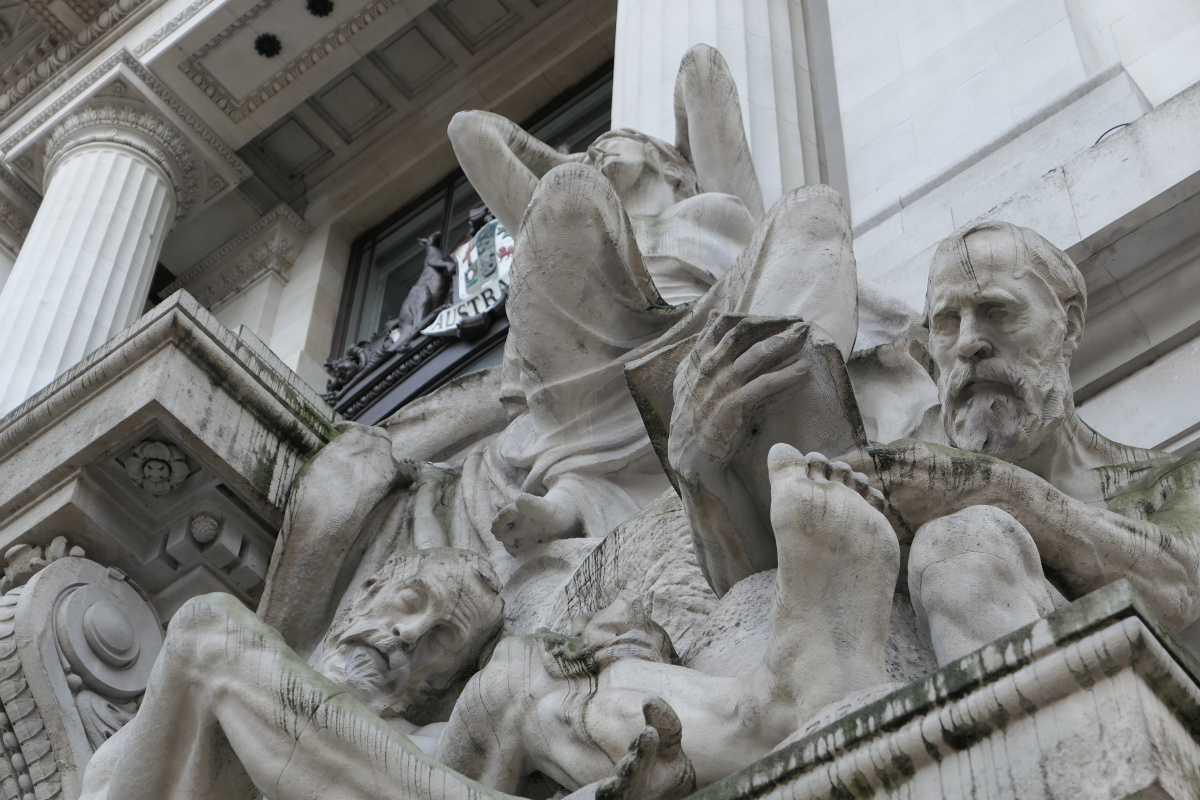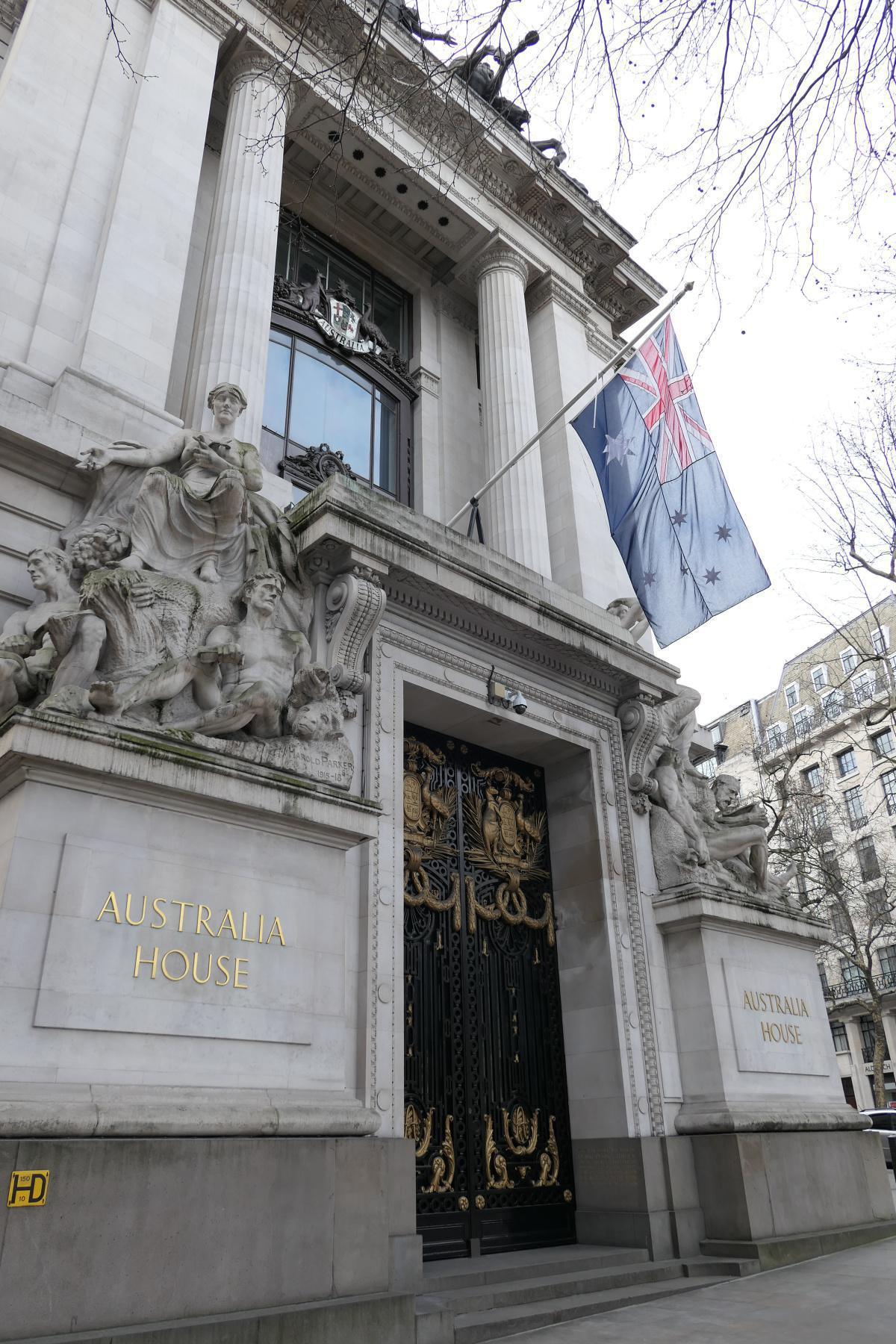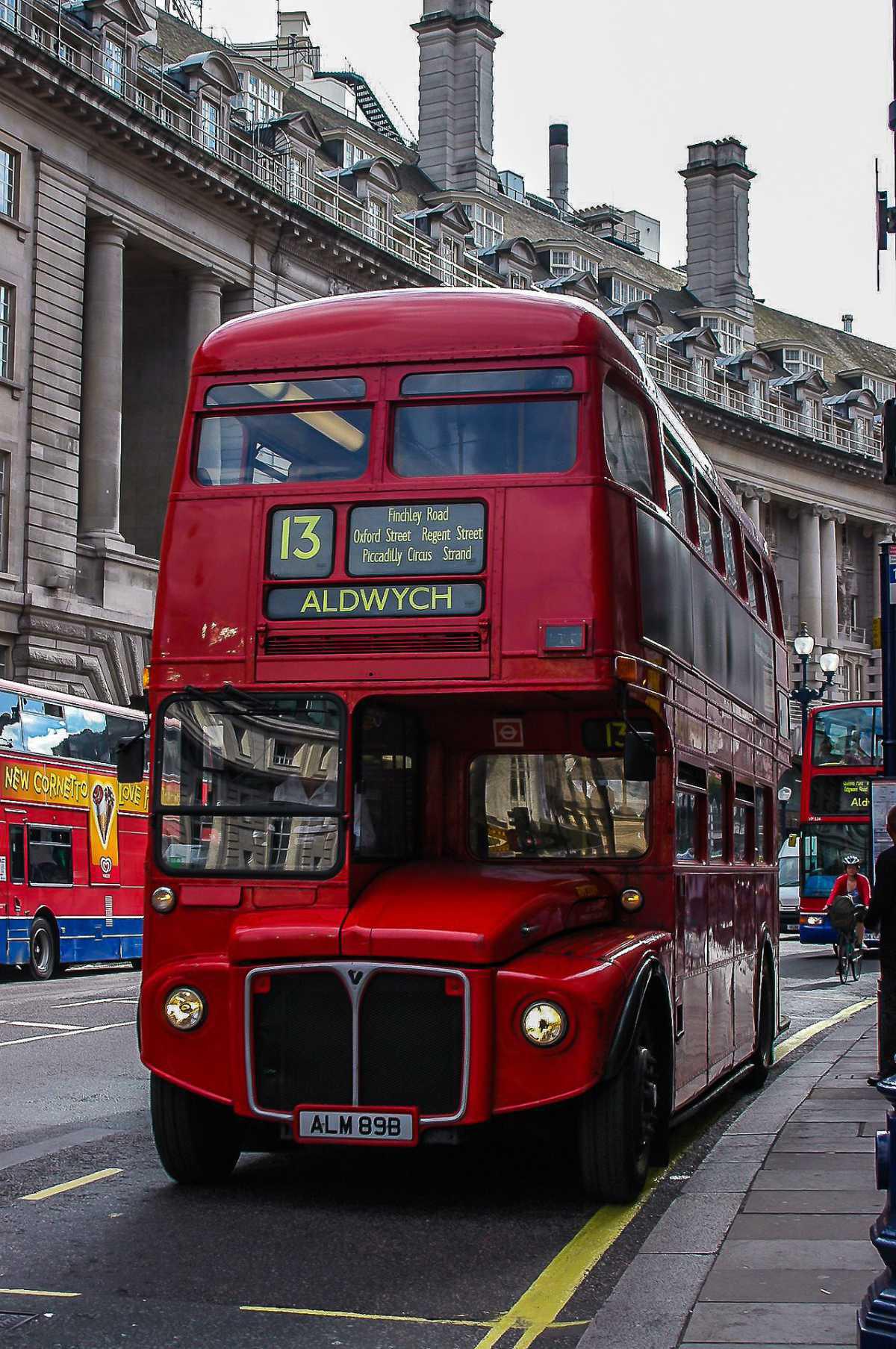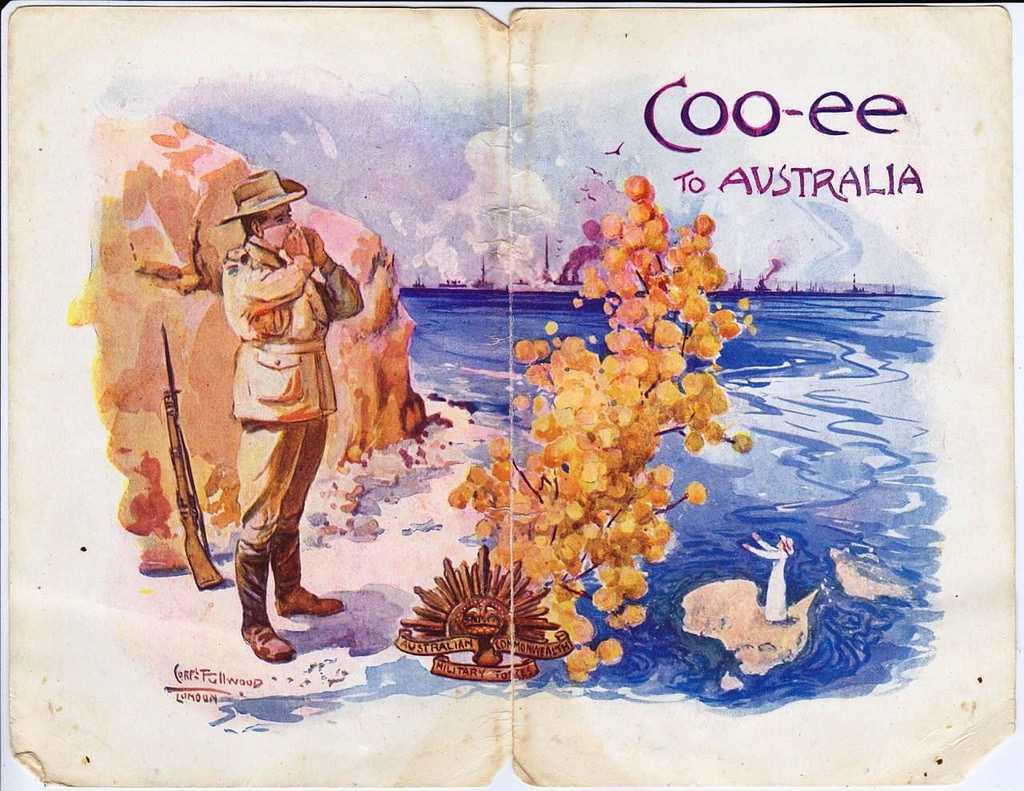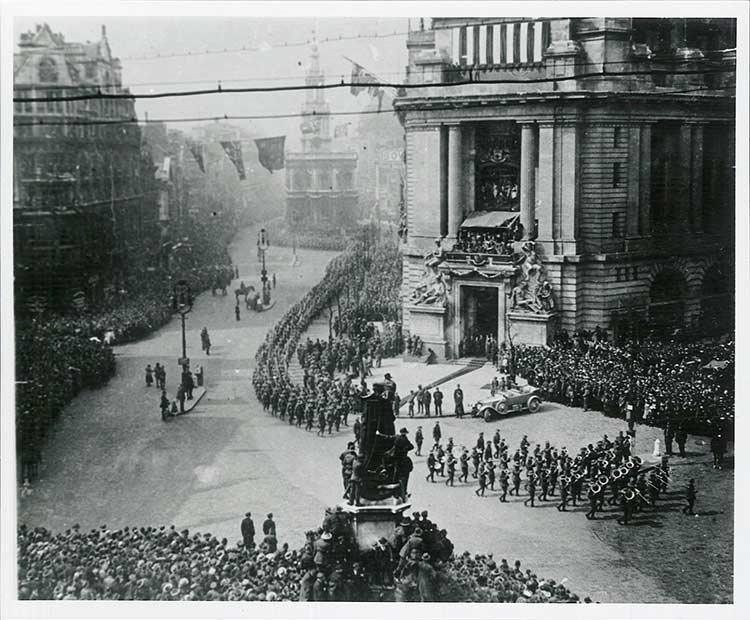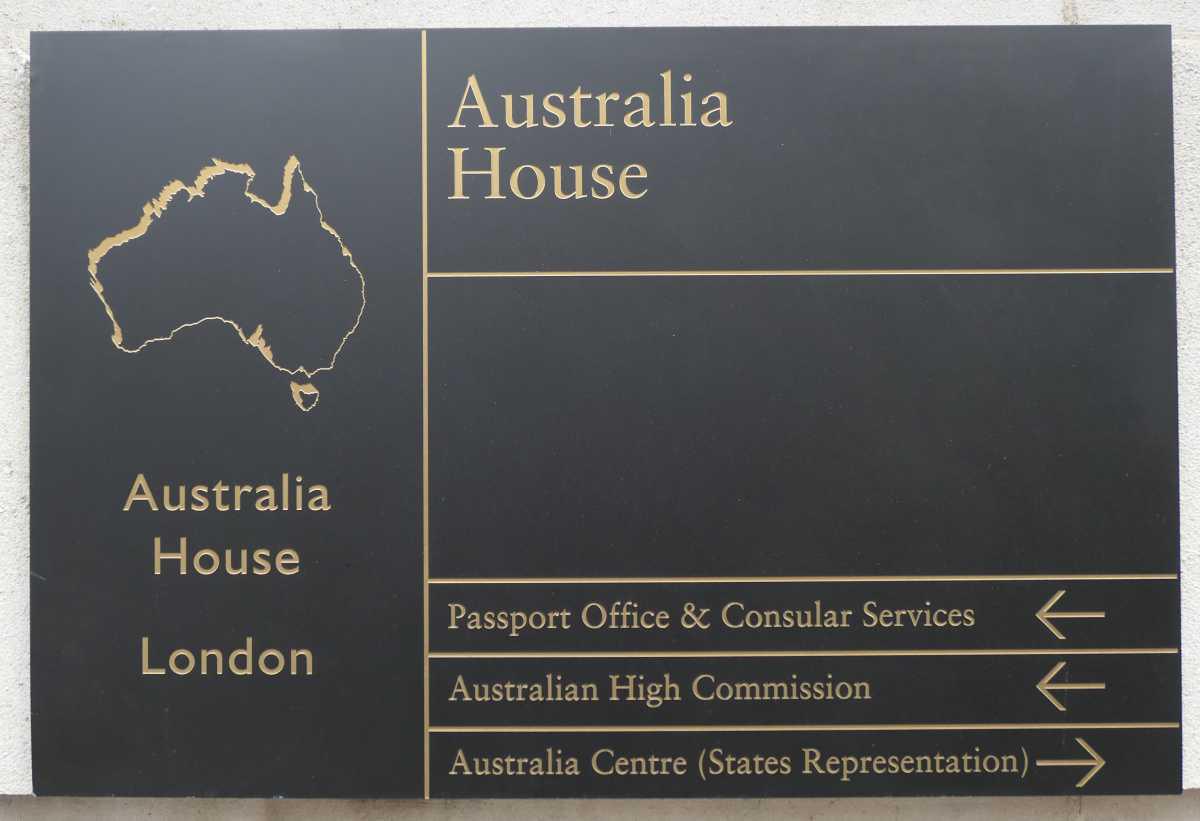
Australia House
Strand London Greater London
Australia House detail
Name
Australia House
Connection
Australia's heart in London.
Location
Strand, London WC2B 4LA
How to get there
Nearest Underground station: Holborn (Central Line)
The entrance
Summary
The High Commission of Australia (Australia House) is the central administration presence in the city. It is the oldest Australian diplomatic mission and the longest continuously occupied foreign mission in London. It is literally a part of Australia, sitting in a prominent position in London, with the building using many materials shipped from Australia. It is a must-see for Australian visitors to London and has been the site of key meaningful events. Potential migrants obtain information on Australia and undergo formalities here. It has been a site of protest, particularly for Aboriginal people. The building transforms into a polling station during Federal elections. Various Londown Under walks include a stop here and other important sites for Australians sit in its vicinity.
Pixabay free photo
Context
The building’s foundation stone was laid by King George V in 1913 but it wasn’t until August 1918 when the building was officially opened. At the foundation stone ceremony much was made of the enthusiastic shouts of “coo-ee” from the predominantly Australian crowd at the end of the ceremony. The Daily Express reported: “it started suddenly and drew into a long-drawn, plaintive cry, which swelled and died again and again, coming to Londoner’s ears with almost startling novelty.” The construction was delayed due to the effect of the First World War on the transportation of materials. During the construction period Australian military personnel were staying at the Australian YMCA Hut, literally in the building’s back-yard. The YMCA later moved into the Aldwych and Strand theatres, either side of the Waldorf Hotel nearby.
Another Londown Under site focuses on the YMCA – here. St Clement Danes church opposite completes the Australian connections in this small area of London – here. Check out Walk 2 – 'The gathering' – to focus on these sites – here.
Photo Aussie Mobs Flickr
Story
Federation of the six Australian states formally took place on 1 January 1901 but it wasn’t until 1906 that the Federal Government sent an Official Secretary to London to represent Australia. In the intervening years Australia was represented by State Agents-General, the first of whom was the Agent-General of Victoria.
In 1912 the Australian Government bought the freehold of an island site at a cost of £379756. It was bounded on the south and east by the Strand, on the north-east by Aldwych and on the west by Melbourne Place. The building was designed by architects, A. Marshal Mackenzie and Son following an architectural competition whose judges included Bertram Mackennal, John Longstaff, George Lambert, Fred Leist and Arthur Streeton. Marshal Mackenzie had also designed the Waldorf Hotel nearby.
Building work was delayed by problems caused by the First World War. But the High Commissioner and former Australian Prime Minister Mr Andrew Fisher and some of his staff were able to move into temporary offices on the site in 1916 while work carried on around them.
ANZAC Day march past Australia House in 1918 (Reserve Bank of Australia Museum)
King George V officially opened the building on 3 August 1918. The Australian Prime Minister – Mr W. M. Hughes, High Commissioner and former Prime Minister – Mr Andrew Fisher, and Minister for the Navy and former Prime Minister and later High Commissioner – Mr Joseph Cook were among the official party. View footage of the opening – here
The building itself was built over a 900-year-old sacred well drawing from the River Fleet, a subterranean river underneath London. The water in the well is clear and has been tested as safe to drink. Read more on this – here.
Many of the building materials used in its construction were imported from Australia. The building sits on a base of trachyte from Australia. Various marbles are used in the interior and include Buchan marble from Victoria, Caleula from New South Wales, and Angaston marble from South Australia. Timber varieties from all Australian States are used in the joinery and flooring. Australian black bean, a hard and dense wood, is used for panels of the first floor Downer Room.
You may see the interior of the building in the film Harry Potter and the Philosopher’s Stone where it appears as Gringotts Wizarding Bank.
Photo – still from Harry Potter YouTube clip – here
London’s Australia House is usually the single largest polling station in Australian federal elections. More votes are cast there than at any polling station in all of the Australian States or Territories.
Protests were staged on the pavement outside Australia House by Anthony Fernando in the 1920’s – here – and by Burnam Burnam during the Australian Bicentenary.
Government agencies within the High Commission include Austrade, Defence, Materiel (CONDMAT), National Library of Australia and Public Affairs/Media/Cultural. Australia House offers support for Australian citizens visiting London and serves as the central administration point for services to potential migrants and visitors to Australia. Most of the ‘ten pound poms’ were processed here.
Further information
Information on the history of Australia House –here
Wikipedia entry – here
Historical film clip on ‘ten pound poms’ – here
Film from the 1960’s advertising life in Melbourne – here
Wall plaque – a piece of Australia in London
